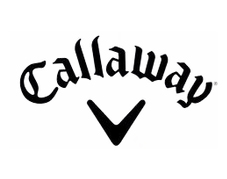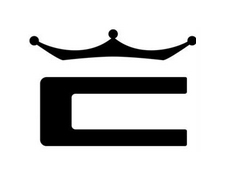Mens Golf Balls:
Select a category to view
Shop By Brand:
Frequently Asked Questions?
Key Differences Between Women’s and Men’s Golf Balls
Most golf balls on the market look the same, but there are subtle design differences between men’s and women’s golf balls. These differences are all tailored to support varied swing speeds, launch characteristics, weather and of course golfers’ performance needs.
1. Compression
The most notable difference is compression rating. Women’s golf balls typically feature lower compression (40–60) to suit swing speeds below 80 mph. This helps the ball to be more softer and easy to launch at impact, resulting in greater distance and higher launch. In contrast, men’s golf balls often have higher compression (70–100), optimized for players with faster swings who can fully compress the ball.
2. Construction
Most women’s golf balls are 2-piece designs, combining a soft cover with a large core for distance and forgiveness. This simplifies performance while offering a soft feel and consistent ball flight. Men’s golf balls, especially at the tour level, often feature 3–5 layers to deliver advanced spin control, particularly around the greens.
3. Spin and Launch
Lower-compression women’s balls generally spin less off the tee, promoting straighter shots and easier launch. Men’s multi-layer balls allow for more spin separation — low spin for drivers, high spin for wedges — to support shot shaping and short-game precision.
4. Aesthetics
While purely cosmetic, most women’s balls are bright in colours or pearlescent finishes for visibility and style. Alignment aids are also sometimes tailored for visual preference.
Conclusion
Choosing the right golf ball should be based on swing speed and feel, not just gender.
Ladies vs. Men’s Golf Balls: Which Is Best for Your Game?
The choice between ladies’ and men’s golf balls should be based more on swing speed and feel than gender labels. While both types serve distinct player profiles, what matters most is how the ball complements your game.
Swing Speed
Golfers with slower swing speeds — typically under 80 mph — can benefit from ladies’ golf balls, which have lower compression ratings (around 40–60). These balls compress more easily at impact, promoting better energy transfer, higher launch, and increased distance for slower swingers.
Spin and Control
Men’s golf balls often feature higher compression (70–100) and multi-layer construction, offering greater control and spin separation — ideal for players with faster swings who shape shots or need more short-game control.
Feel and Performance
Many women prefer the soft feel and higher flight of ladies’ balls, while some men with moderate swing speeds may benefit from using them as well. Conversely, advanced female golfers might choose men’s tour balls for their spin potential.
Do Women’s Golf Balls Make a Difference for Beginners?
For beginners, especially when they are testing out swing styles, those with slower swing speeds, ladies golf balls can offer support due to its characteristics;
- Ease of Launch: Lower compression aids in achieving higher ball flight with less effort.
- Distance: Enhanced energy transfer can result in longer shots, boosting confidence.
- Feel: Softer balls provide better feedback, aiding in developing touch around the greens.
Selecting a ball that complements a beginner’s swing can accelerate improvement and enjoyment of the game.
Does It Matter If You Use Men’s or Women’s Golf Balls?
The label on a golf ball is less important than its performance characteristics:
- Performance Fit: Choose a ball that aligns with your swing speed and desired feel, regardless of gender designation.
- Personal Comfort: Confidence in your equipment can positively impact performance.
- Trial and Error: Experimenting with different balls can help identify the best fit for your swing style.
We would recommend selecting a ball based on its attributes rather than its marketing as it ensures better alignment with your playing style.































